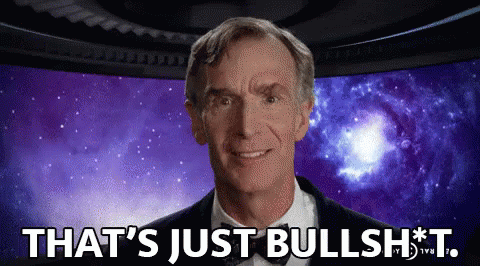Wrong, New York Times, a 1990 article-
We don't know whether historians will call it the Great Expansion of the 1980's or Reagan's Great Expansion, but we do know from official economic statistics that the seven year period from 1982 to 1989 was the greatest, consistent burst of economic activity ever seen in the U.S. In fact, it was the greatest economic expansion the world has ever seen - in any country, at any time.
The two key measures that mark a depression or expansion are jobs and production. Let's look at the records that were set. Creation of jobs. From November 1982, when President Ronald Reagan's new economic program was beginning to take effect, to November 1989, 18.7 million new jobs were created. It was a world record: Never before had so many jobs been created during a comparable time period. The new jobs covered the entire spectrum of work, and more than half of them paid more than $20,000 a year. As total employment grew to 119.5 million, the rate of unemployment fell to slightly over 5 percent, the lowest level in 15 years. Creation of wealth.
The amount of wealth produced during this seven year period was stupendous - some $30 trillion worth of goods and services. Again, it was a world record. Never before had so much wealth been produced during a comparable period. According to a recent study, net asset values - including stocks, bonds and real estate - went up by more than $5 trillion between 1982 and 1989, an increase of roughly 50 percent.
There are other important measures. Steady economic growth. As we begin the decade of the 1990's, we are in our 86th straight month of economic growth - a new record for peacetime, five months longer than the wartime growth of World War II and only 23 months short of the wartime record set during the Vietnam War in the 1960's. Most experts now predict that it will last right through 1990, and perhaps beyond.
Income tax rates, interest rates and inflation.
Under President Reagan, top personal income tax rates were lowered dramatically, from 70 percent to 28 percent. This policy change was the prime force behind the record breaking economic expansion. Interest rates and inflation also fell sharply and, so far, have stayed comfortably low - a further indication of the power and pervasiveness of Mr. Reagan's economic policies. The stock market. Perhaps the key indicator of an economy's booms and busts is the stock market, the bottom line economic report card. And here the record has been striking. During the period from 1970 to 1982, the stock market barely moved. The Standard & Poor's index of 500 stocks inched up about 35 percent during that entire period. But starting in late 1982, just as Reaganomics began to work, the stock market took off like a giant skyrocket. Since then, the Standard & Poor's index has soared, reaching a record high of 360, almost triple what it was in 1982.
There were other consequences of the expansion. Annual Federal spending on public housing and welfare, and on Social Security, Medicare and health all increased by billions of dollars. The poverty rate has fallen steadily since 1983.
The Reagan Boom - Greatest Ever
Right to the banks with higher interest rates which means you (the median income) are no further ahead, but the wealthy are. With the tax cuts , so the wealthy can put more money in their pockets comes with cuts in all social programs. Also look for increases in sales tax and at the gas pumps and in food. This is what Trump did to you, remember that, what he and the GOP just did is worst than what Reagan did, but Reagan screwed the middle class and working poor royally.
After losing 10 percent in 2017, the dollar had its best monthly run in February since November 2016 in part as solid economic data fanned expectations the U.S. central bank would raise interest rates four times this year rather than three.
But the dollar is down about 2 percent so far in 2018 and is forecast to weaken further this year, leaving the euro
EUR= at $1.28, up from around $1.24 on Tuesday, according to the March 1-6 poll of over 60 foreign exchange strategists.
Dollar still losing battle with euro despite Fed outlook
down down we go and where it stops no one knows.





